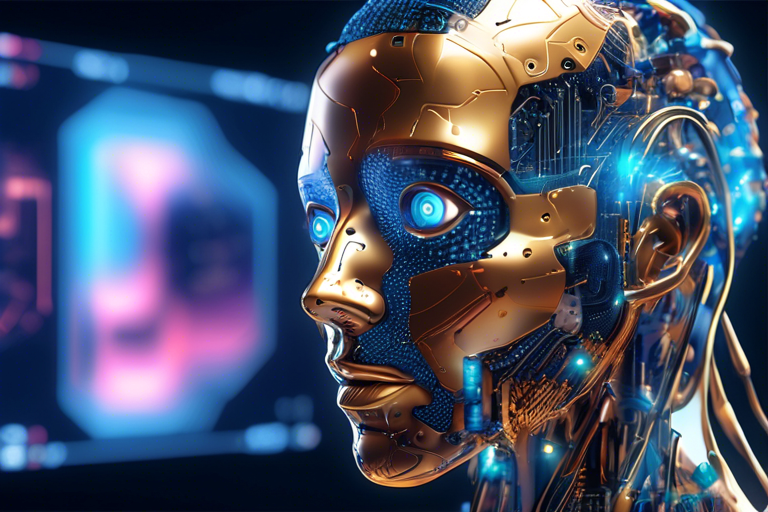Advancing Generative AI in Architecture, Engineering, and Construction Sector 🚀
Generative AI, the ability of algorithms to process various inputs such as text, images, audio, video, and code to generate new content, is making significant strides across multiple industries. The Architecture, Engineering, and Construction (AEC) sector stands to benefit immensely from this technology, according to NVIDIA Technical Blog.
Diffusion Models: A Key Component of Generative AI in AEC
Since the introduction of generative AI, large language models (LLMs) like GPT-4 have been at the forefront. These models are versatile in natural language processing, machine translation, and content creation. Image generators such as OpenAI’s DALL-E, Google’s Imagen, Midjourney, and Stability AI’s Stable Diffusion are changing the landscape for architects, engineers, and construction professionals.
- High-quality visualizations: Diffusion models can generate photorealistic images and videos from simple sketches or textual descriptions.
- Daylighting and energy efficiency: Models can generate daylighting maps and analyze the impact of natural light on building designs.
- Rapid prototyping: Automation of design alternatives enables faster exploration of design options.
- Cost savings and process optimization: Customization of Building Information Modeling (BIM) policies reduces project costs and improves efficiency.
Control and Customization with ControlNets
ControlNets, a group of neural networks trained on specific tasks, enhance the base model’s capabilities. Architects can exert precise structural and visual control over the generation process by providing references.
For example, Sketch ControlNet can transform an architectural drawing into a fully realized render. Multiple ControlNets can be combined for additional control.
Leveraging NVIDIA Accelerated Compute Capabilities
NVIDIA-optimized models such as the SDXL Turbo and LCM-LoRA offer state-of-the-art performance with real-time image generation capabilities. These models significantly improve inference speed and reduce latency, enabling faster high-resolution image generation.
Building and Customizing Diffusion Models
Organizations can leverage diffusion models in various ways: using pretrained models as-is, customizing them for specific needs, or building new models from scratch. Pretrained models are deployable immediately, reducing time to market.
Customizing pretrained models involves fine-tuning with a domain-specific dataset. Building models from scratch allows for highly specialized solutions.
Responsible Innovation with Diffusion Models
Using AI models involves several critical steps, and integrating responsible AI practices is essential. Generative AI models are susceptible to biases and security vulnerabilities. NVIDIA introduced accelerated Confidential Computing, a security feature that mitigates threats while providing acceleration for AI workloads.
Get Started
Generative AI is revolutionizing the AEC industry by enabling the creation of photorealistic renderings and innovative designs from simple sketches or textual descriptions. AEC firms should prioritize data collection, identify automation opportunities, and adopt a phased implementation approach. The NVIDIA training program offers technical workshops and courses to bridge the skills gap.





 By
By

 By
By
 By
By

 By
By